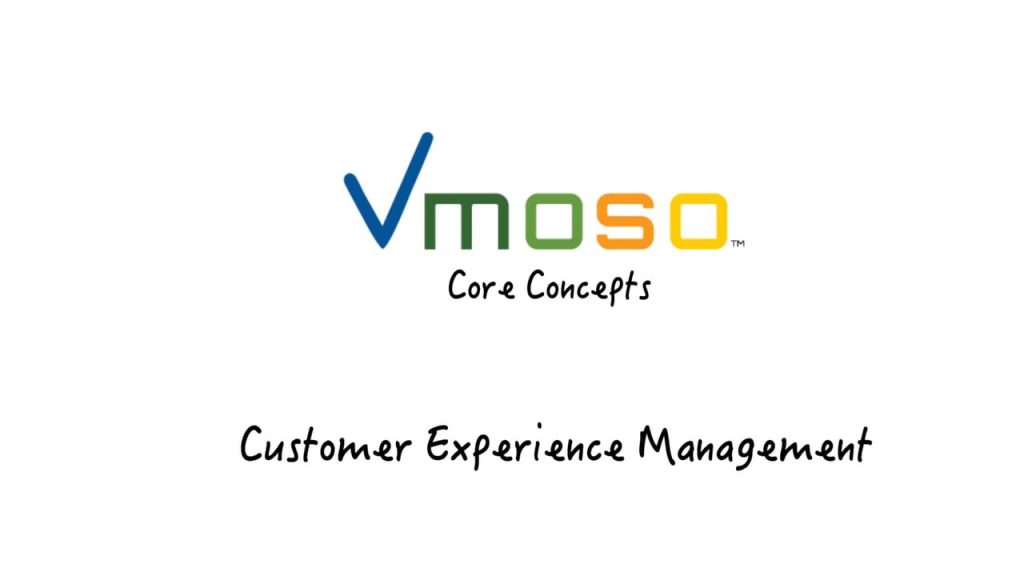Customers’ expectations of companies are changing. The “thanks for your email, we’ll reply in 7 working days” response simply isn’t good enough these days. Customers not only expect a faster response, they expect consistency across the many different channels through which they might make contact.
This has required organizations to improve the way they handle customer interactions, both before and after a sale. Such programs have become known as “Customer Experience Management”, often abbreviated to CXM or CEM.
Gartner define CXM as “the practice of designing and reacting to customer interactions to meet or exceed customer expectations and, thus, increase customer satisfaction, loyalty and advocacy”.
So while the focus of CXM is on the customer interaction, it can have widespread implications for a company’s internal processes and technologies, and the way sales and customer service teams work together.
In business to consumer relationships, the main focus for CXM has been on ensuring social media channels are integrated with traditional email and phone routes to CRM. This “social CRM” works well when the answer to one customer’s question is relevant to another customer, and when customers answer each other’s questions. Social media is a great place to do this, because of the critical mass of customers there.
But platforms like Facebook and Twitter are ill-suited for more complex customer interaction. The two main categories of this are:
Personalized long-term consumer relationships – for example when a consumer needs to talk to their bank, insurance company or energy supplier
Business to business relationships – where several people from the customer need to collaborate with several people from the supplier.
In both cases, privacy is required making social media an inappropriate platform. And continuity is required, with the customer expecting the company to remember all their activity leading up to, and after the initial sale. This may well represent many years of interactions.
Vmoso enables CXM by:
Providing a platform for customer engagement, and
Enabling better internal collaboration and knowledge sharing between sales, customer service and other departments within the company.
Customers have a dedicated channel for interacting with the company, through Vmoso mobile and web apps, custom branded company apps, or email. Any employee servicing the customer can see the full history of discussions with the customer, integrating with the data already held within the CRM system.
When an internal discussion is required to address the customer’s need, that also takes place on Vmoso, with the full context available to everyone involved, not just users of the CRM system.
Vmoso’s combination of internal and external collaboration elevates the customer experience, leading to increased customer satisfaction, loyalty and advocacy.
